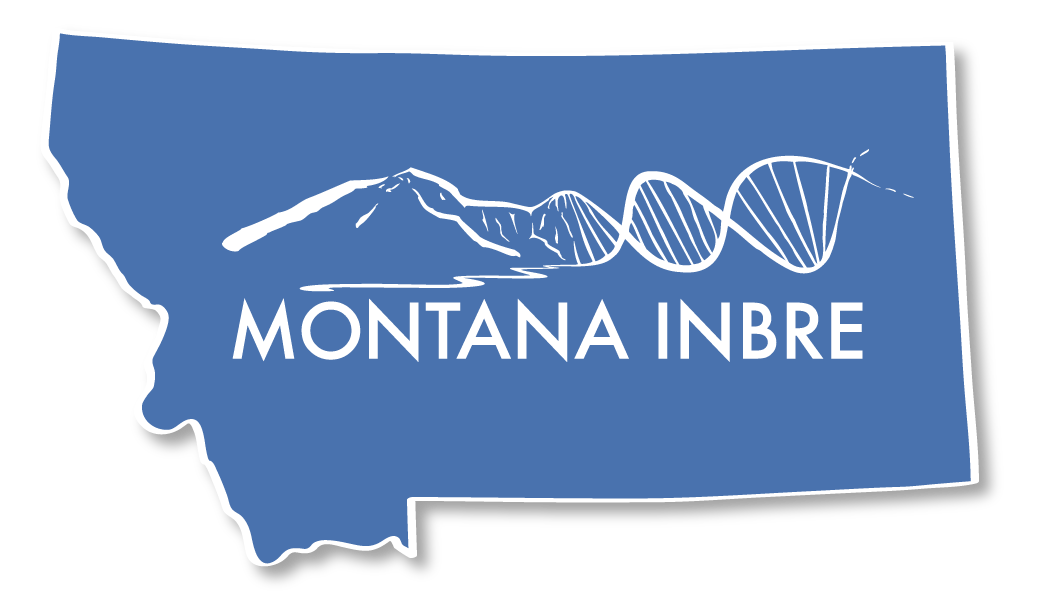Project Summary

Our goal is to increase understanding of the ecology of zoonotic disease outbreaks and to provide timely information to public health officials about where and when arthropod borne disease, such as West Nile Virus (WNV), is mostly likely to occur.
Along with Chief Dull Knife College, Aaniiih Nakoda College, Montana State University, and the Montana Department of Public Health and Human Services, we will continue our WNV surveillance program to 1) provide real-time reporting of West Nile virus infection in Montana for the protection of public health; and 2) train undergraduate students in surveillance and ecological modeling of WNV infection risk using geographic information systems (GIS).
In addition to continuing the surveillance program, we will 3) integrate socioeconomic factors into our risk model for WNV in an attempt to assess why rural counties have a higher incidence for WNV infection; and 4) develop a One Health Approach modeled after CDC best practices to investigate detailed associations between arthropod vector species, host species, and fine resolution habitat information.
Project Aims
- Continue West Nile Virus (WNV) surveillance efforts by processing mosquito samples collected weekly from across Montana and testing for the presence of WNV.
- Continue the interaction and collaboration with Aaniiih Nakoda College (ANC), and Chief Dull Knife College (CDKC) faculty and students to improve student proficiency in the scientific research process.
- Integrate socioeconomic factors into our ecologically derived model for WNV risk to assess why some of the most rural counties in Montana have higher incident rates for WNV infection.
- Develop more sophisticated quantitative models, including maximum entropy models, generalized linear models (GLMs), and generalized additive models (GAMs), for forecasting when and where vector-borne disease is most likely to occur.

